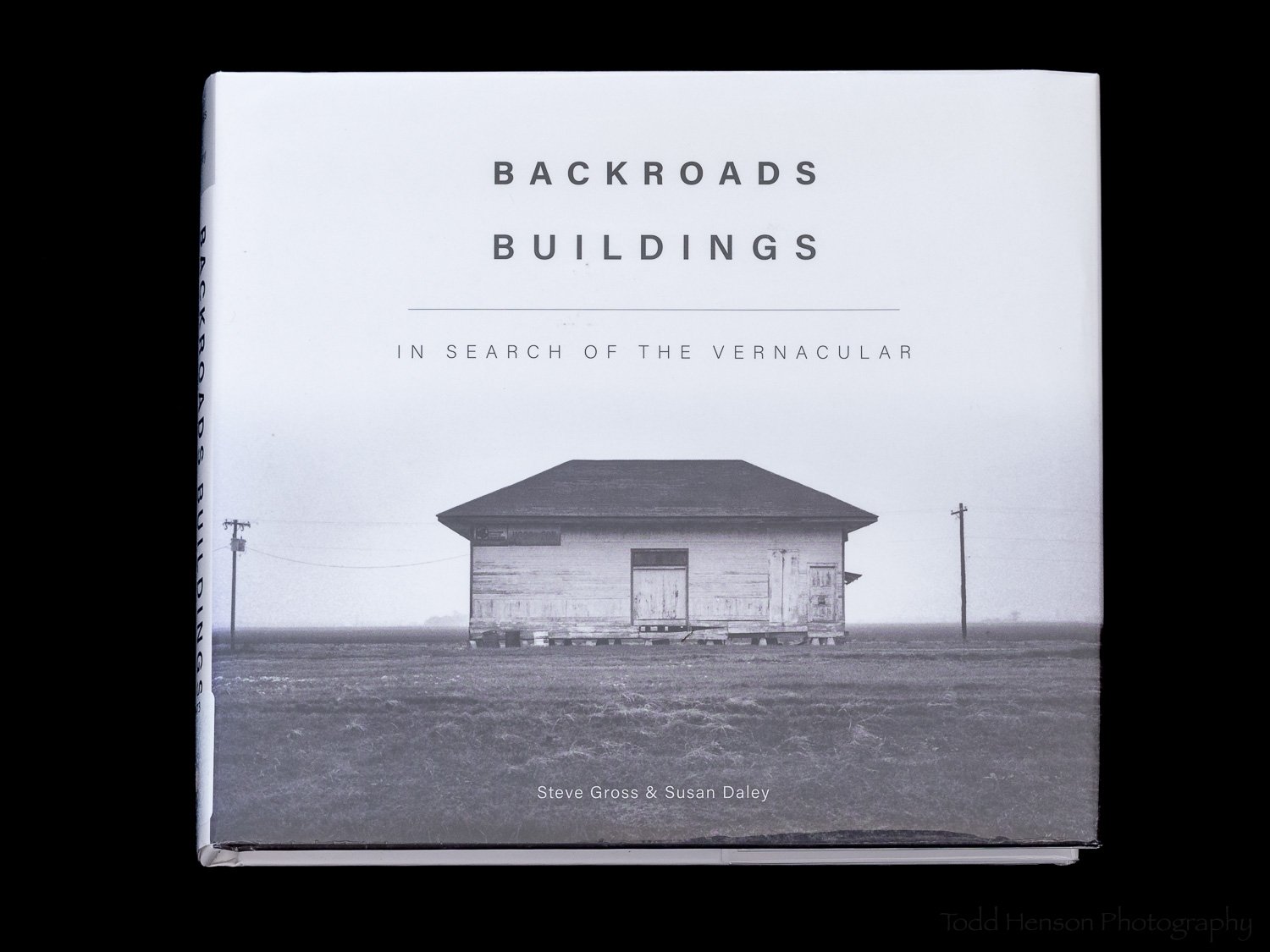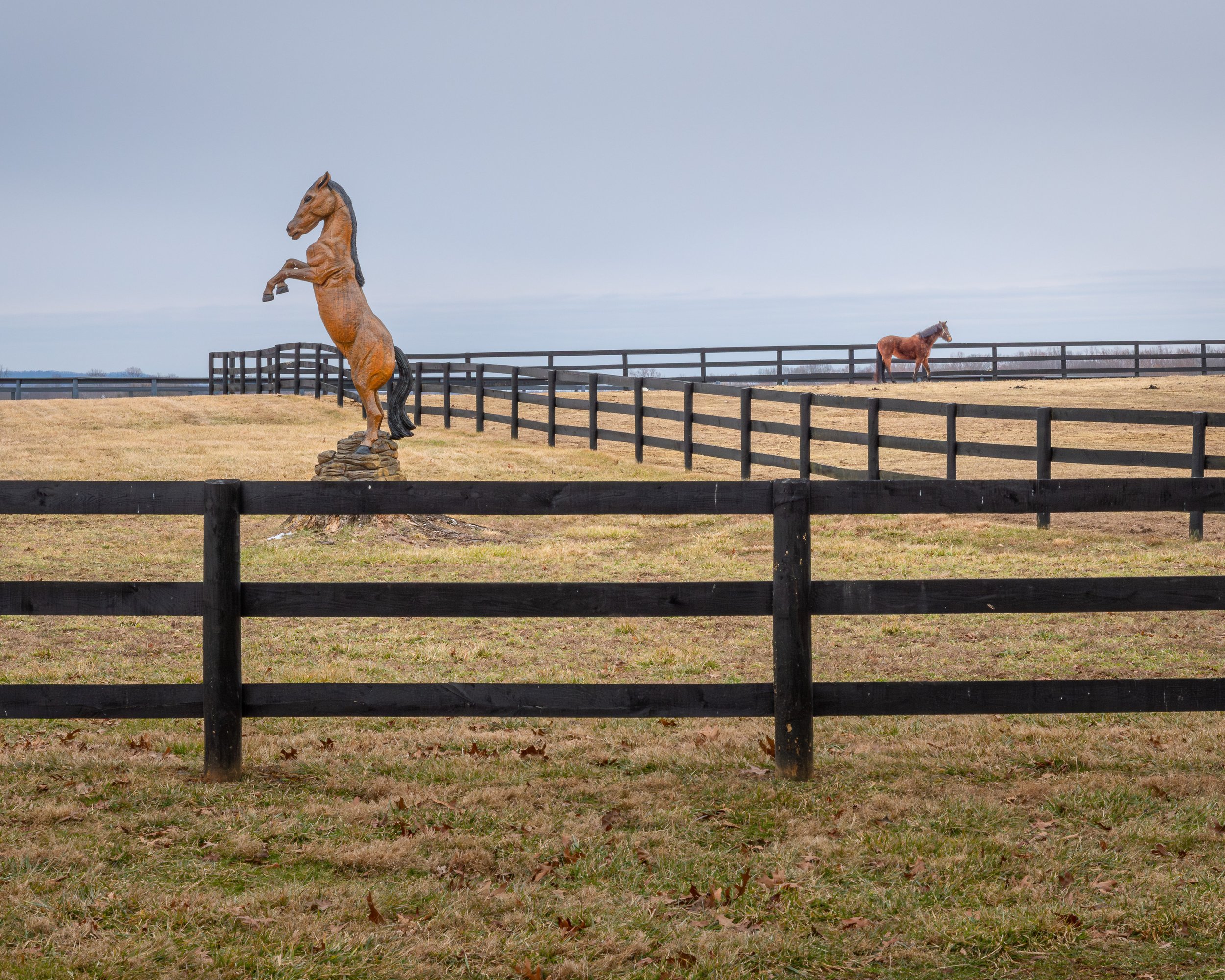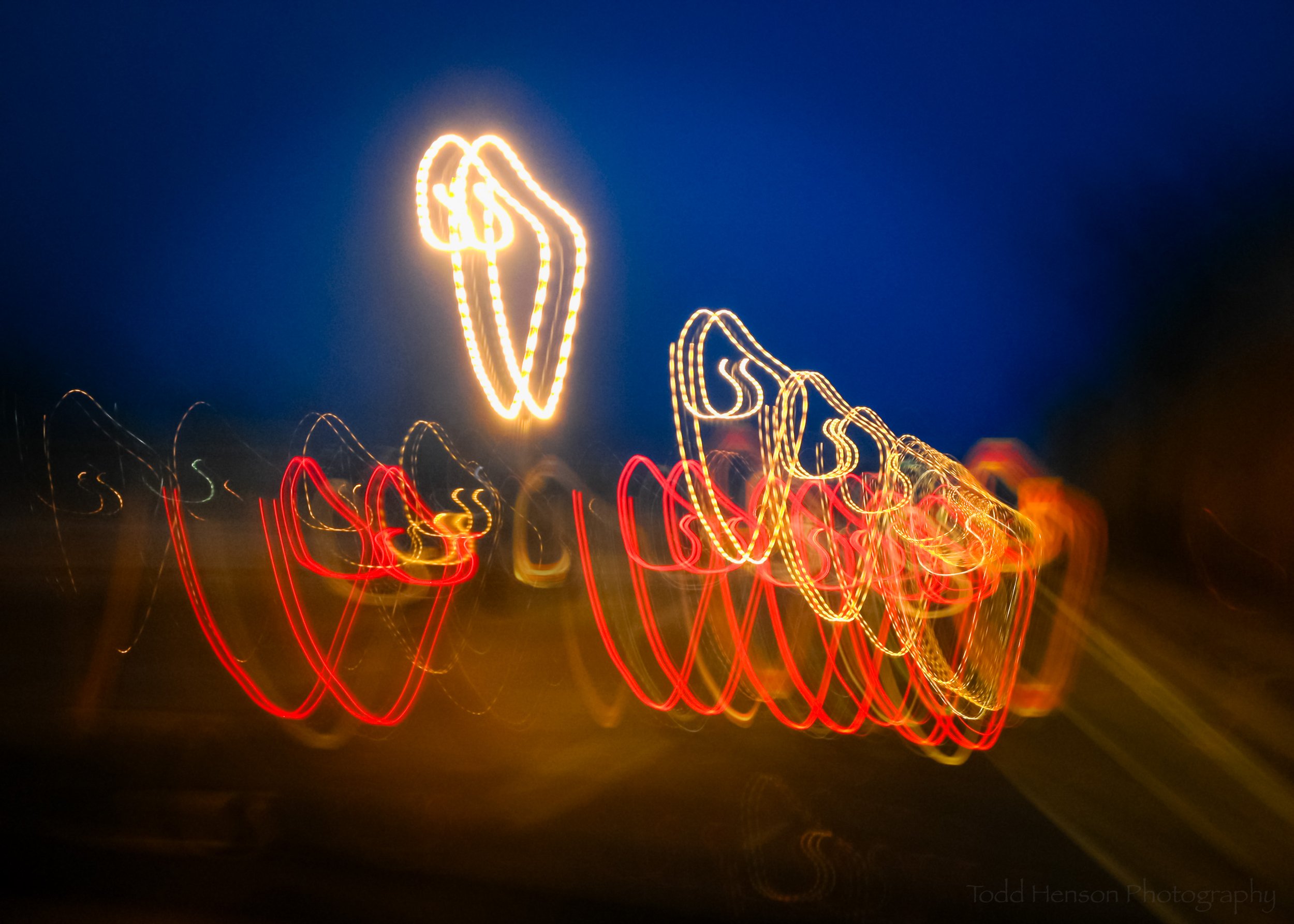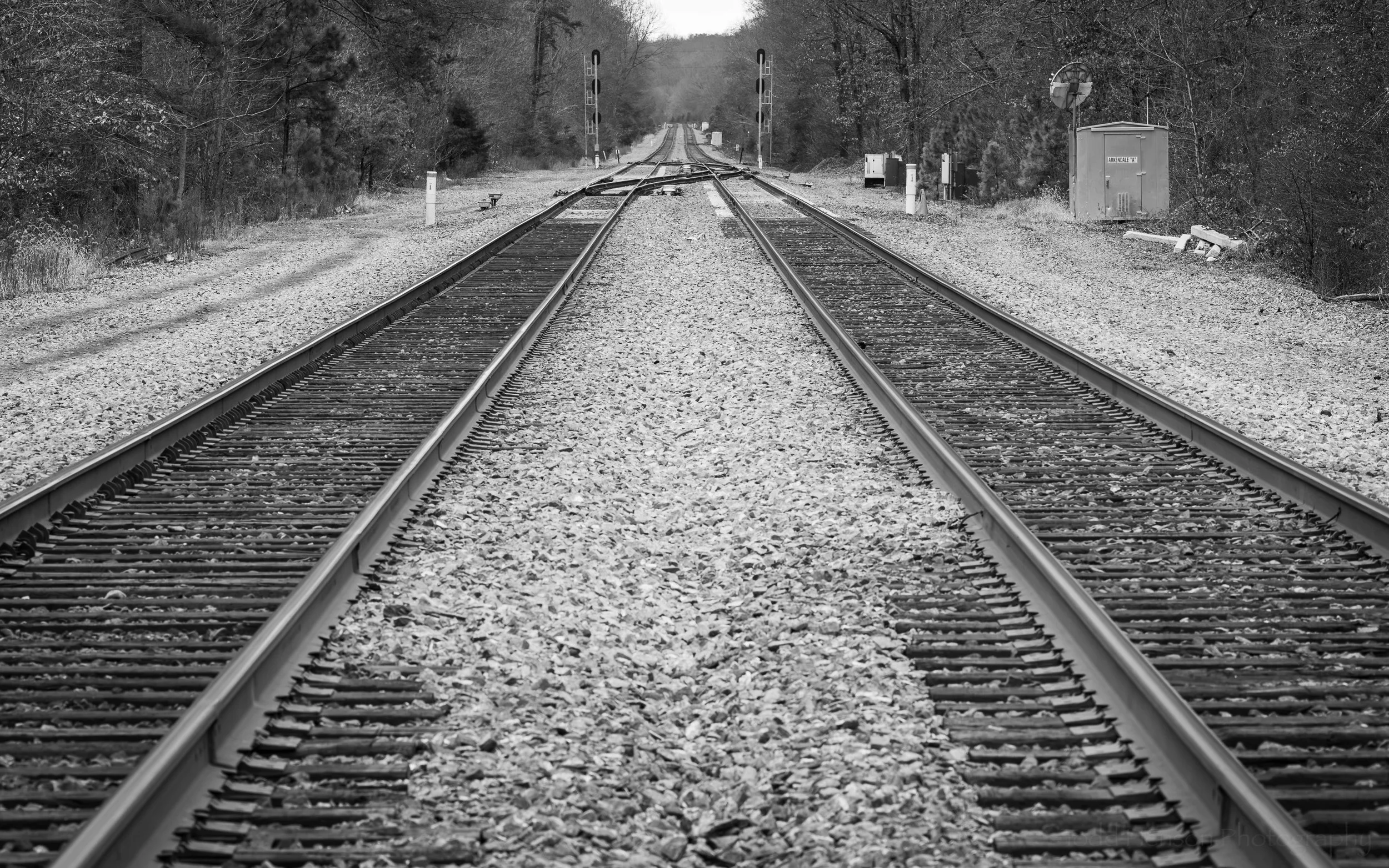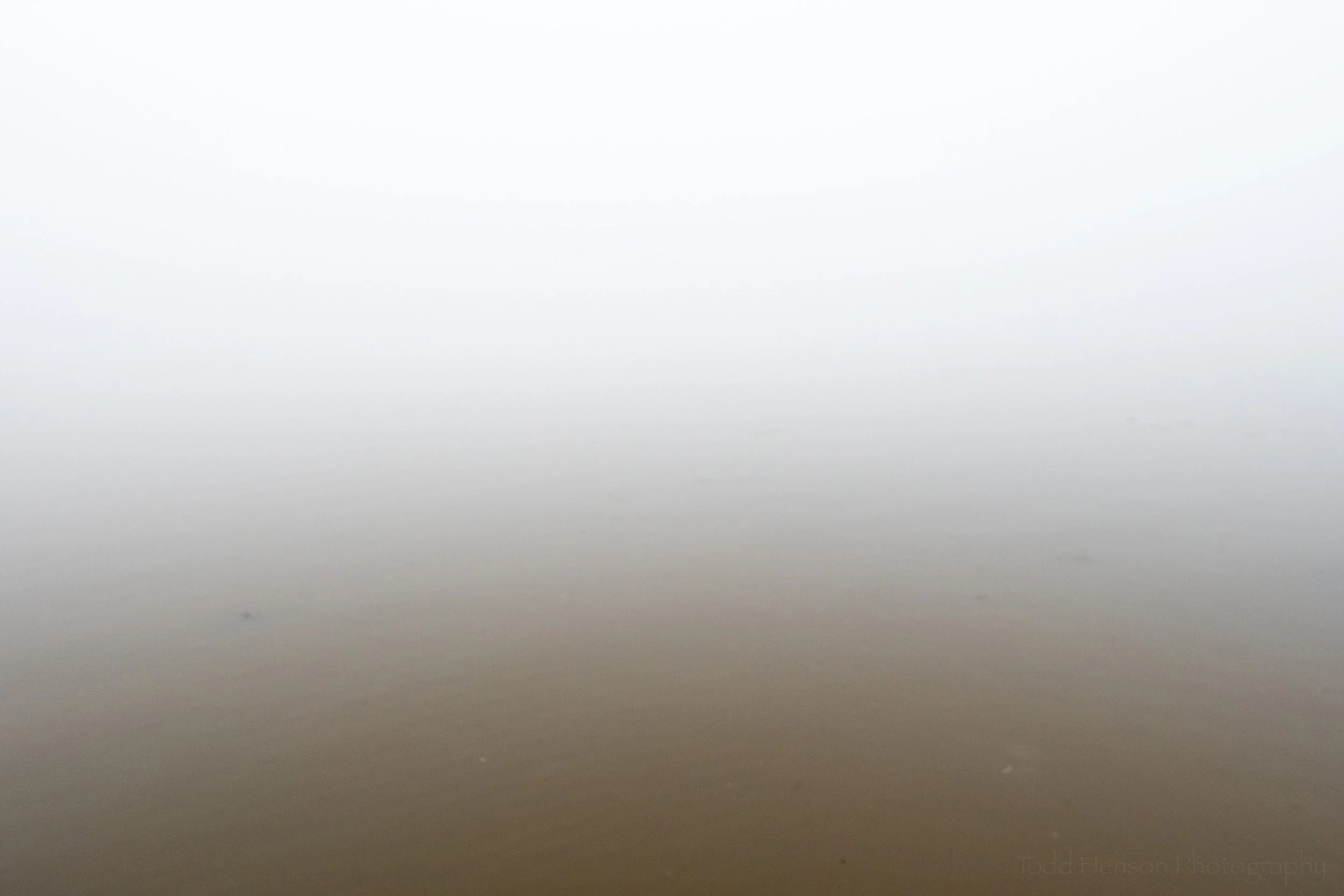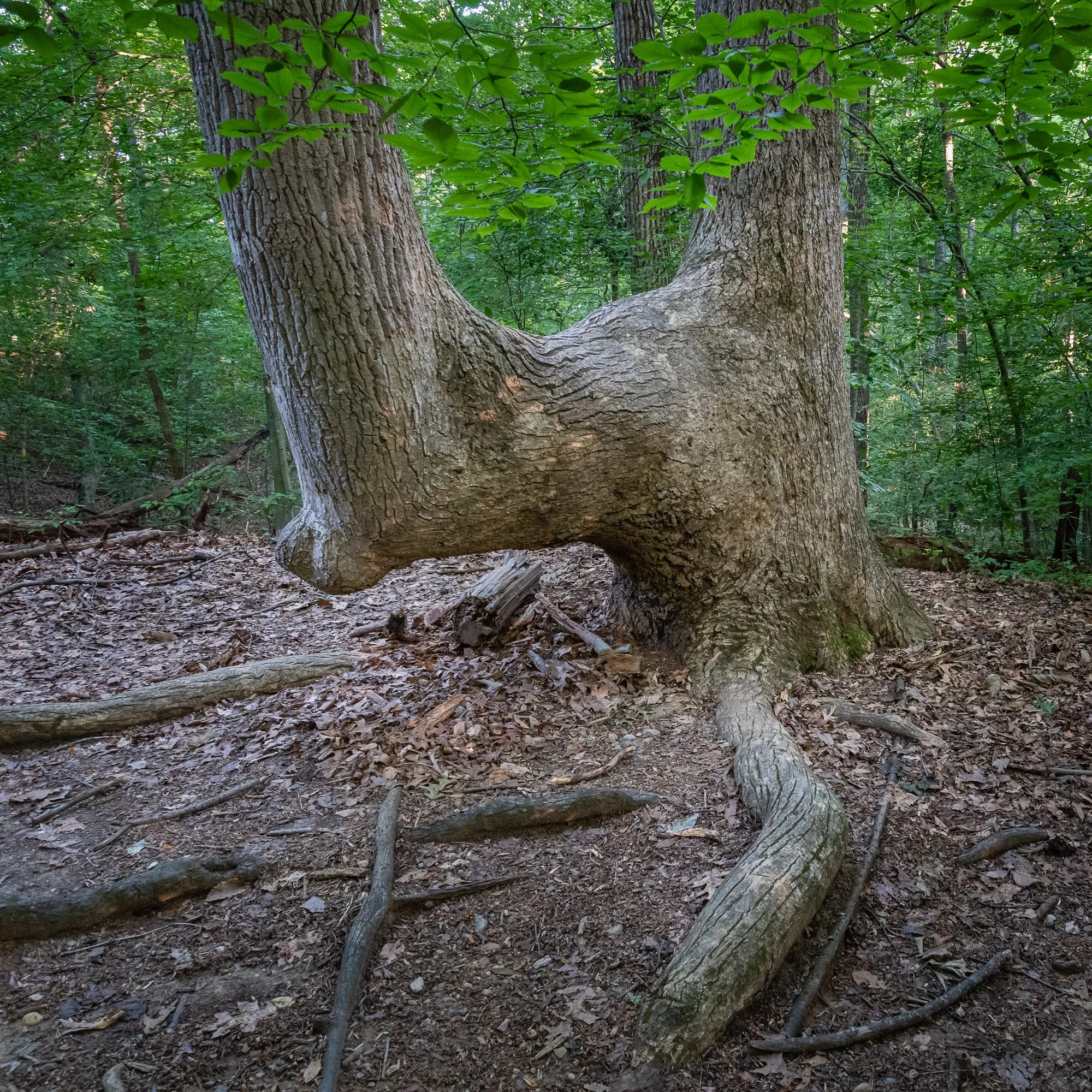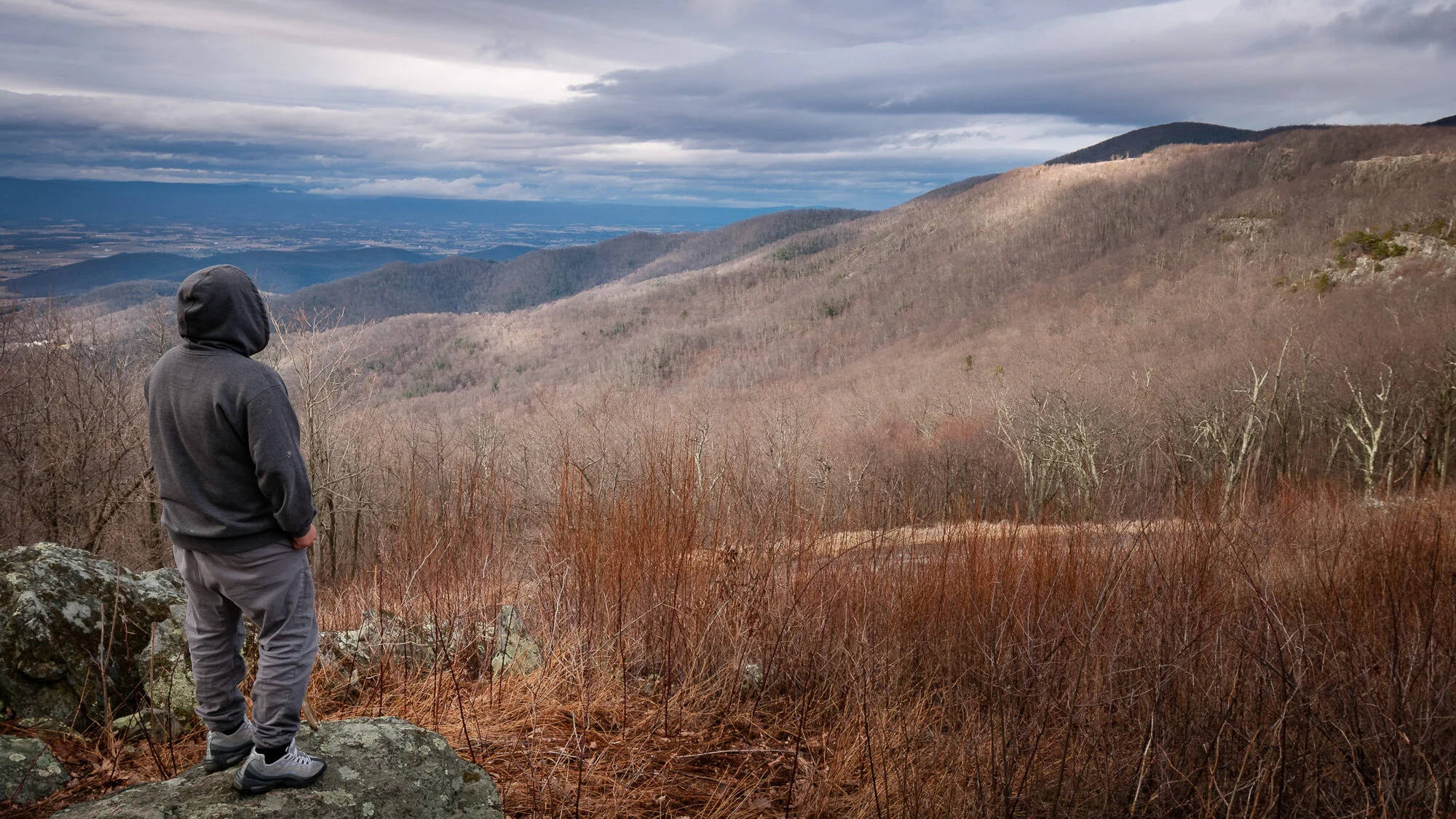This post contains affiliate links and I will be compensated if you make a purchase after clicking on my links. This is at no extra cost to you.
I received my copy of Braving It, an uncorrected proof, through a giveaway at goodreads.
Braving It: A Father, A Daughter, and an Unforgettable Journey into the Alaskan Wild by James Campbell was an absolute pleasure to read. The book is non-fiction, and is the story of James Campbell taking his daughter, Aidan, to the wilds of Alaska multiple times. Campbell had always been a traveler, visiting many far off places around the world, and many times returning to Alaska. When Aidan was younger she’d told her father she wanted to go to Alaska with him, so when he felt she was old enough they began making plans.
About this time Campbell was contacted by his cousin in Alaska, Heimo Korth. Heimo and his wife Edna are some of the only permanent residents of the Arctic National Wildlife Refuge. The river near his cabin was changing course and his cabin was at risk, so he needed to build a new cabin in a safer location. Campbell talked to Aidan and they decided to go to Alaska to help Heimo build his new cabin. I thought this was an interesting choice for a first trip to Alaska, given the grueling nature of the work building a cabin in the backwoods of Alaska. And as expected, it wasn’t easy and tested the relationship of father and daughter. But once Aidan became used to the work and the environment she came to appreciate the closeness with nature and the raw quality of the lifestyle.
Returning home was a mix of emotions after acclimating to such a lifestyle. They both obviously missed the rest of their family and friends. But they also both had that wanderlust feeling, the desire to return to Alaska. So they planned a second trip. This time they would spend the winter with Heimo and Edna in their new cabin. They would get to experience the lifestyle of a homesteading family living mostly off the land through the deep winter. They would hunt, trap and fish. They would learn about tight living conditions and getting along with one another. They would learn to depend on one another and learn both the joys and sorrows of living so close to nature.
Prior to the first trip they had hoped to go to Alaska for a paddling trip along one of the many rivers in Alaska. They had put that plan aside to help out Heimo. But after returning home from the second trip they almost immediately began planning a return trip to Alaska, this time for hiking and paddling. They contacted some friends in Alaska who were happy to come along. Such a trip would be safer with more people, given they were rafting through wild areas. There weren’t populated pit stops along the way or companies to help them out. People do sometimes die on such trips because help can’t arrive in time. So once again they were in Alaska, this time with friends, and long time Alaskans, Chris Jones and Dave Musgrave, ready to raft and hike along the Hulahula River. This gave them an entirely new set of challenges and once again tested their relationship. The Hulahula was a rough river in places. And the terrain around it was home to all manner of wildlife, from musk oxen, to wolves, to grizzly bears and polar bears.
Braving It is a beautiful book. It shows the beauty of Alaska, of living or traveling through the wild, through areas barely touched by humans when compared to much of the lower 48. I came to a better appreciation of Alaska, the amazing terrain, and the varied wildlife through reading about Campbell’s already healthy appreciation, and Aidan’s growing appreciation. It’s also a book about the relationship between a father and daughter, about the tensions trying to learn to let go, about the desire to share an experience, the hope for the future, and the amazing bond that forms when people are put into frightening and invigorating experiences together.
This was my first exposure to James Campbell’s work. I had not realized that Heimo was brought to the worlds attention through one of Campbell’s previous books, The Final Frontiersman: Heimo Korth and His Family, Alone in Alaska’s Arctic Wilderness, or that Heimo has since starred on the TV show, The Last Alaskans. For whatever reason, I don’t often find myself as drawn to the TV shows, but I do thoroughly enjoy books about the wild and finding ones place within it.
I have since listened to an audio version of The Final Frontiersman, and can highly recommend that book, as well. It tells the story of how Heimo first came to Alaska, how he met his future wife, and the experiences he had starting a family in Alaska.
These books brought back memories of reading The Cheechakoes by Wayne Short when I was younger. It is another non-fiction story of a family who moved to Alaska and lived off the land. It’s been decades since I read that book, but reading Braving It has ignited a desire to reread The Cheechakoes.
Do you enjoy these posts?
Sign up to receive periodic emails with updates and thoughts. Don’t worry, I won’t spam you. And please consider purchasing artwork or products from my online store, and using my affiliate links in the sidebar to the right when shopping online.
I appreciate your support!




